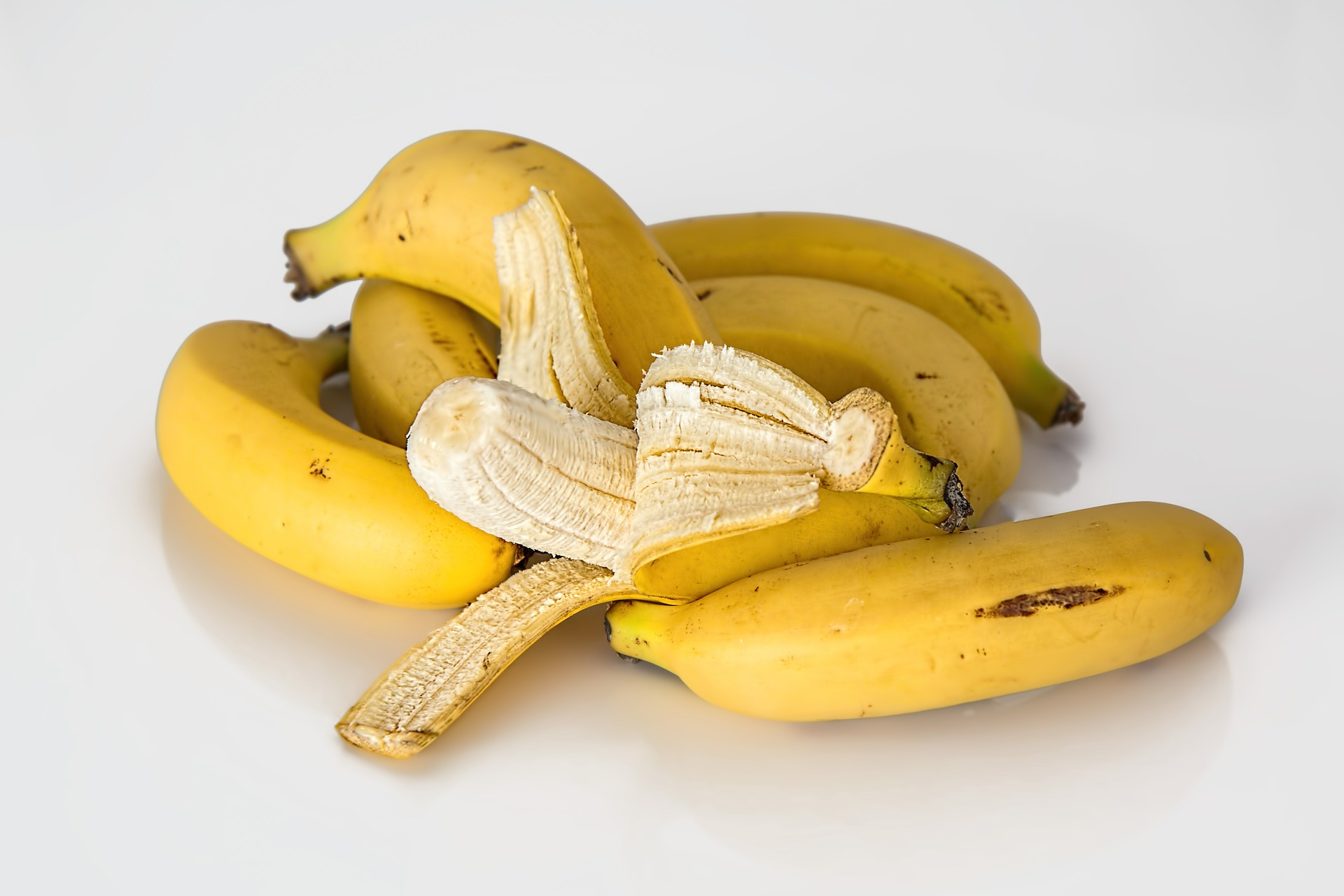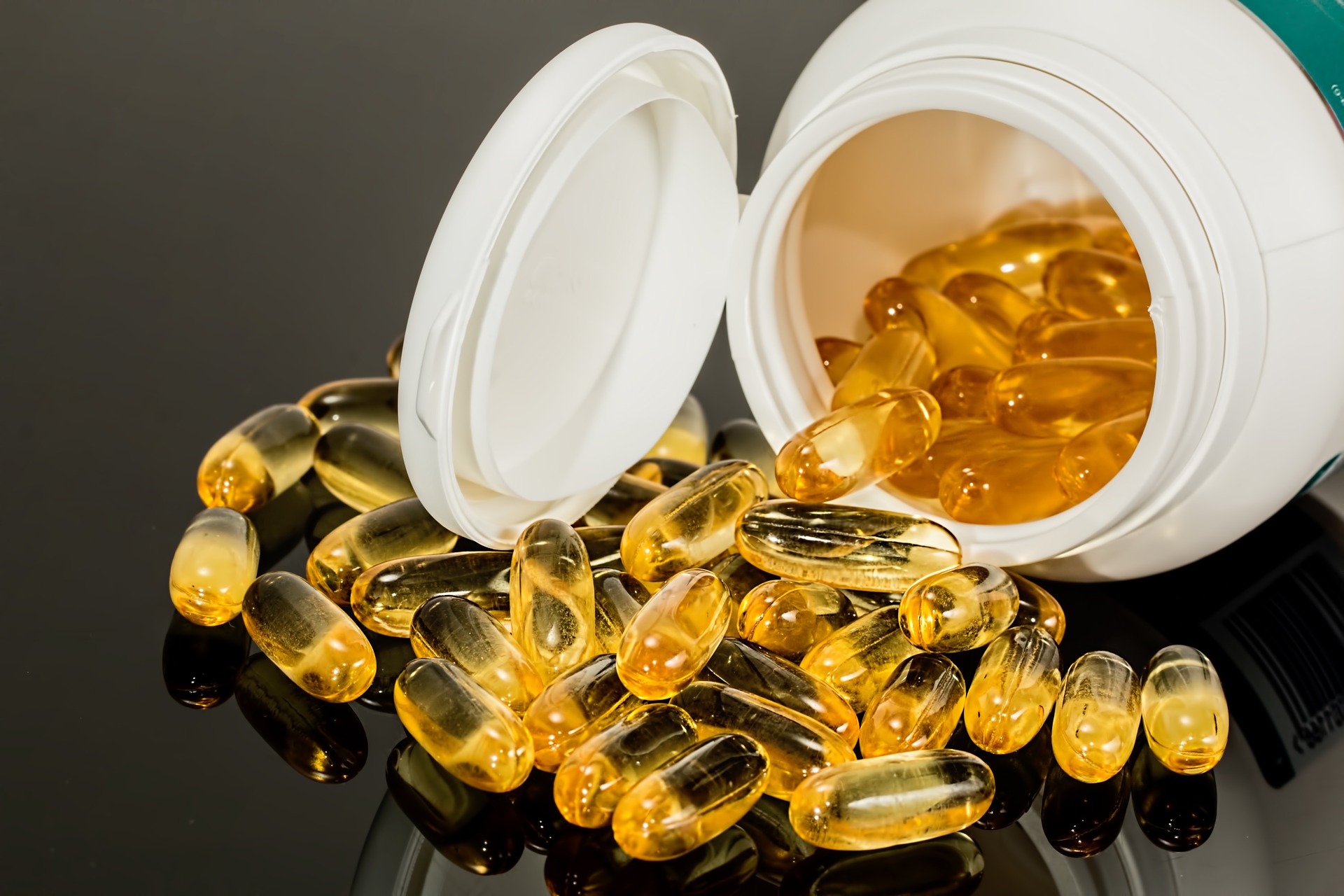Vasculitis is a condition in where the blood vessels become inflamed. It can cause blood vessels to become weakened or stretch.
Additionally, vasculitis can cause blood vessels to change sizes or close up entirely.
Common symptoms of this condition include fever, headache, weight loss, and fatigue. You also might experience night sweats, loss of a pulse in a limb, numbness and weakness, and a rash. The vasculitis rash will often appear purplish-red and bumpy.
According to the Johns Hopkins Vasculitis Center, there are approximately 20 different vasculitis types. Each stems from various disorders that affect different parts of the body. For example, vasculitis could be caused by rheumatoid arthritis, lupus, or Buerger’s Disease.
Vasculitis Causes
For many, vasculitis causes are unknown. However, ongoing infections could be a contributing factor. In some cases, an allergic reaction to medication triggered the condition.
While most vasculitis causes are innately unknown, there are treatments available. Conventional medicine is one viable vasculitis treatment, but there are natural approaches you might want to try as well.
4 Natural Vasculitis Treatment Methods
1. Eat an Anti-Inflammatory Diet

Proper diet is an excellent way to kick start your vasculitis treatment. One of the primary treatment goals for this condition is to reduce the inflammation in affected blood vessels. You can help make that happen by choosing anti-inflammatory foods.
Do eat: leafy green veggies, bananas, low-sodium options, avocado, sweet potatoes, almonds, and pumpkins seeds.
Don’t eat: processed meats, dairy, gluten, and excess sugar.
However, if you have diabetes, kidney issues or renal insufficiency, then speak to your doctor about your diet needs. Some foods can worsen kidney function and insulin production.
Visit a dietitian to learn what types of dietary changes will be the most helpful. Every person will have different diet needs.
2. Take Supplements

Supplements can help strengthen the immune system, although they won’t cure vasculitis. They also might fight against side effects from corticosteroids, such as bone loss.
Take calcium and vitamin D (especially if you take prednisone). According to the Vasculitis Foundation, “All patients treated with prednisone should be on supplemental calcium (1,000-1,200 mg daily) and vitamin D (800 IU daily) therapy unless contraindicated.”
Vitamin B can help reduce fatigue and brain fog. Opt for a whole foods-based vitamin, instead of a multivitamin, to ensure you absorb it well.
You can also take apple cider vinegar to help balance the pH level in the digestive tract. Furthermore, you can take anti-viral herbs and foods such as raw garlic, turmeric, Echinacea, holy basic and ashwaganda.
3. Exercise and Rest

Unless otherwise directed by a doctor, you don’t have to become bed-ridden. Most people who have vasculitis-related conditions can still work and participate in moderate exercise. Although, it depends on the severity of symptoms.
Try walking, stretching, swimming or cycling. But pay attention to what your body is telling you. Don’t hesitate when it’s time to rest.
People who deal with autoimmune health issues and fatigue usually need eight or more hours of sleep every night.
4. Get Support From Family, Friends Or a Professional

Since your condition can cause a lot of stress and anxiety, don’t hesitate to speak to a mental health professional. This is crucial. Stress can further weaken your immune system. Furthermore, anxiety and depression from illness can make it more difficult to overcome it. Ask your doctor if he or she can recommend a therapists who specializes in dealing with physical illnesses.
If you don’t want to talk to a therapist, consider opening up to your family and friends. Build a support network to help you through your struggles.
Sources:
Dr. Axe
Earth Clinic
Johns Hopkins
Mayo Clinic
Web MD


